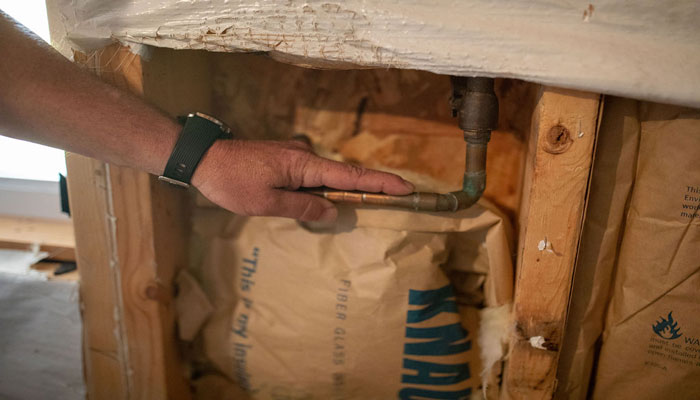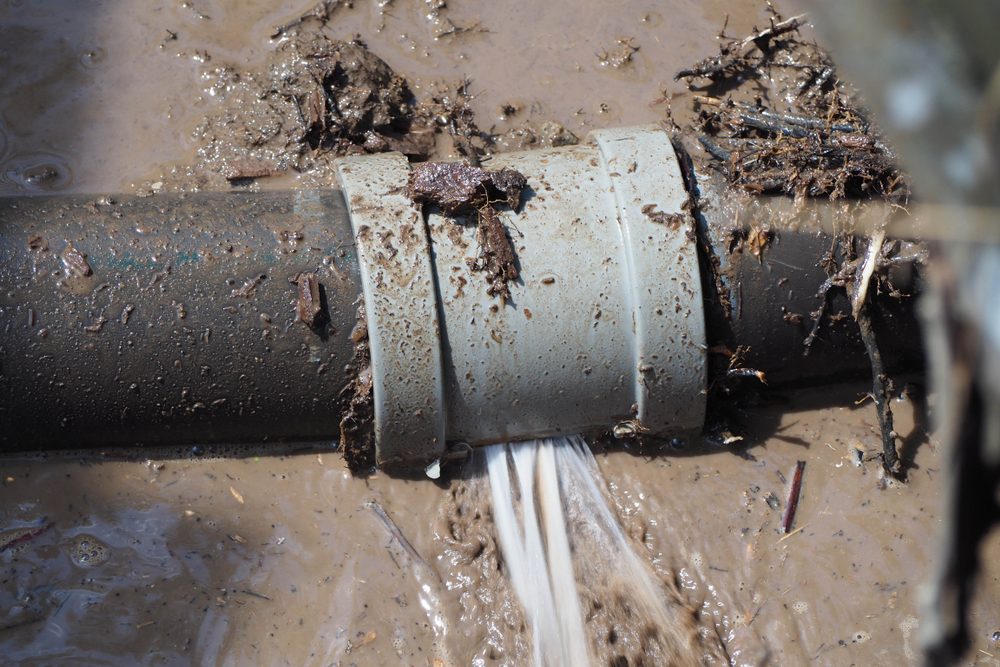Quick-Response Plumbing: Tips for Identifying and Repairing Burst Pipes
Quick-Response Plumbing: Tips for Identifying and Repairing Burst Pipes
Blog Article
The author is making several great pointers regarding How to install a dishwasher safely overall in the article which follows.

A burst pipeline is a significant emergency; you can only stand as you watch water you pay dearly to rejoin with the planet. In worse cases, you notice a swimming pool on your kitchen area floor, which is a terrific trip hazard, especially if you have youngsters around. If the pipeline that ruptured was in your walls, bad news: you might require to paint that entire section.
How can a calamity like a ruptured pipeline be stopped as well as handled? Well, by listening to your specialist emergency plumbing technicians as well as following these rules.
How do I understand when my pipes have burst?
Rising and fall water stress
Pipes do not just burst in a day. You might have observed that your kitchen area tap or shower does not run promptly when you transform the faucet. It might pause for a couple of seconds and then blast you with even more force than common.
In other circumstances, the water may appear typical at first, after that drop in stress after a few secs.
Wet wall surfaces as well as water discolorations
Before a pipeline bursts, it will certainly leak, most times. If this persistent dripping goes undetected, the leak might finish into a large gash in your pipe. One very easy way to prevent this emergency is to keep an eye out for wet wall surfaces advertisement water stains. These water spots will certainly lead you right to the leak.
Puddles under pipes and also sinks
When a pipe bursts, the discharge creates a puddle. It may show up that the puddle is growing in dimension, and also no matter the number of times you wipe the puddle, in a few mins, there's an additional one waiting to be cleaned. Typically, you might not have the ability to trace the puddle to any kind of noticeable pipes. This is an indication to call a specialist plumber.
Untraceable trickling noises
Pipe ruptureds can take place in one of the most unpleasant places, like within concrete, inside walls, or under sinks. When your house goes quiet, you might be able to hear an irritatingly relentless trickling noise. Even after you've inspected your shower head as well as cooking area faucet, the dripping may continue.
Precious visitor, the leaking might be originating from a pipeline inside your walls. There isn't much you can do about that, except tell a professional plumber.
Turn off the Water
When water ices up, it broadens in quantity by concerning 9 percent. And also it increases with tremendous force: The pressure inside pipes may go from 40 pounds per square inch to 40,000 psi! No pipe can hold that much pressure, so it breaks open. The break may occur where the ice forms, but more frequently, it happens where water pressure discovers a vulnerable point in the pipe. That may be inches and even feet from the frozen area. Find the water shutoff valve and turn off the water to prevent more damage. You might also need to shut down the power also, depending upon where the leaks happens as well as how big it is.
Contaminated water
Many people think a ruptured pipeline is a one-way electrical outlet. Rather the contrary. As water drains of the hole or gouge in your plumbing system, contaminants find their method.
Your water might be polluted from the source, so if you can, check if your water tank has any troubles. Nonetheless, if your alcohol consumption water is supplied and purified by the local government, you need to call your plumber right away if you see or smell anything funny in your water.
What do I do when I detect a ruptured pipe?
Your water meter will continue to run also while your water wastes. To minimize your losses, find the main controls and also transform the supply off. The water pipe are an above-ground framework at the edge of your residential or commercial property.
How to Fix & Detect a Leaking Pipe
How Do I Know if a Pipe is Leaking?
Leak detection tests can help you determine if your pipe has a leak. Even if you don’t see an apparent leak, you should still conduct leak detection tests regularly to save water and money—and prevent major damage to your home.
Water meter. It can be helpful to figure out what your usual water meter usage numbers are and then monitor them regularly. To monitor your meter, first, turn off all water faucets in your home. Check the meter and write down the numbers. In a few hours, check the meter again. If the numbers have changed, you have a leak. Water gauge. Use a water gauge to test your water pressure. Your showerhead should produce a certain amount of water pressure based on its model and design. If the pressure is lower than it is supposed to be for that specific showerhead, your home likely has a leak. Puddles. Look inside your bathroom, laundry, and kitchen sink cabinets. Puddles around the cabinets or around toilets, tubs, showers, and washing machines indicate the presence of a leaking pipe. You may also notice loose tiles, peeling or flaking paint, or mold caused by water accumulation. Napkin test. Even if you don’t see any puddles, you may still have a leak. You can test for water leaks in the bathroom, laundry, and kitchen by wiping below-sink connections with a napkin, paper towel, or piece of toilet paper. If it becomes damp, you probably have a leaking pipe under the sink. Discolored walls. Walls that are discolored—usually with brown or yellow stains—or bulging might mean that they have been impacted by water damage caused by a leaking pipe. Smell. A leaky pipe will create sitting water, and over time, that water may develop a musty smell. If your home smells musty, but you can’t locate the source, it may be due to a leak. Steps for Fixing a Leaking Pipe
A leaky drain can be remedied by tightening the pipe base, replacing the drain seal, caulking the rim, and tightening the pipe nut. Similarly, a leaking toilet pipe can be treated by tightening the packing nut. You may also need to replace the valve. A leaky faucet may just need tightening or replacement of the washers. If that doesn’t work, consider replacing your faucet. If your pipe has a hole in it, you may want to use a pipe leak sealer or pipe leak tape. This quick fix for water pipe leaks can also temporarily fix a copper pipe leak. https://www.ahs.com/home-matters/quick-tips/how-to-tell-if-pipes-are-leaking/

Do you appreciate reading up on How to Install and Connect a New Dishwasher? Try to leave feedback directly below. We will be delighted to know your insights about this blog posting. In hopes that you visit us again later on. So long as you liked our blog posting if you please do not forget to share it. I am grateful for your time. Don't hesitate to come visit our website back soon.
Visit My Web Page
Report this page